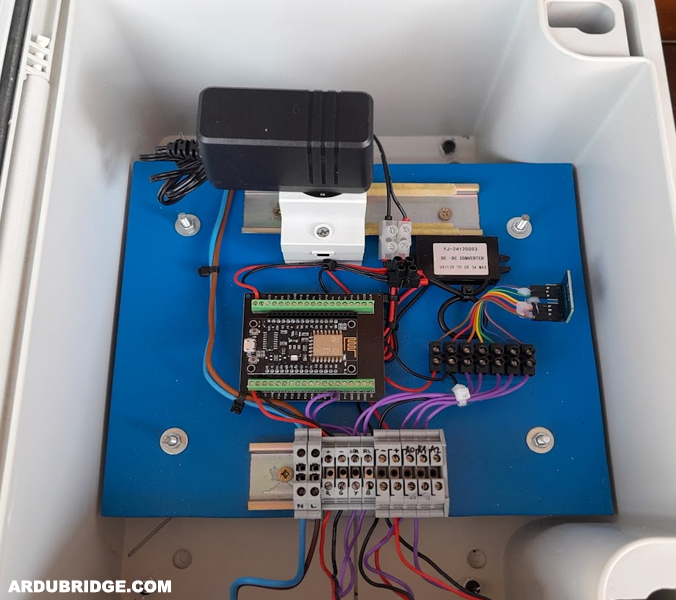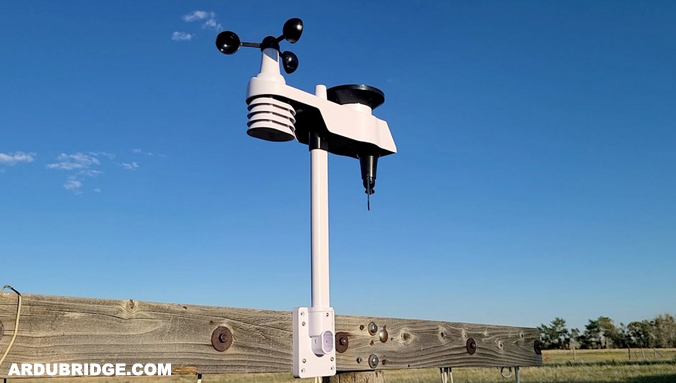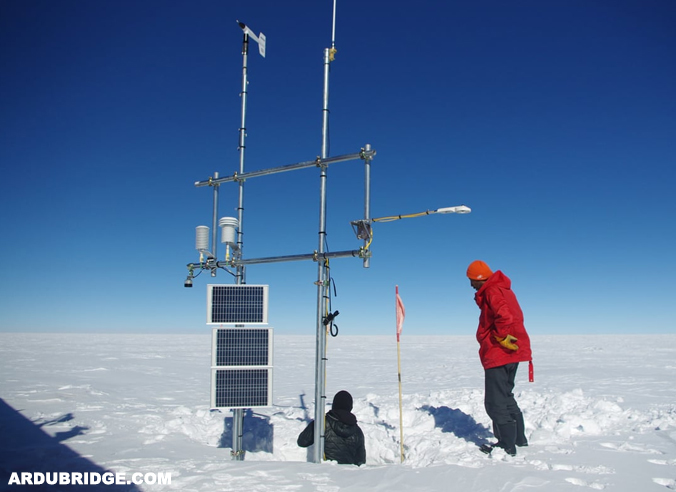If you are thinking about getting a weather station, you should be aware of the main types of weather stations that currently exist in relation to the level of professionalism and customisation, of course the following categories refer to stations within the automatic type.
We could say that these are the current types of weather stations: do it yourself, personal (or domestic), and professional.
Do It Yourself weather stations
By DIY station we mean the type of stations that can be made at home, with custom programmed controllers such as Arduino or Raspberry type boards and sensors from multiple manufacturers, usually for use in a home, as a hobby.
A Do It Yourself station can be anything from something very basic with a simple temperature and humidity sensor, to really incredible assemblies with high quality sensors and a lot of ingenuity on the part of the maker in charge of its invention and manufacture.

It is common to see homemade weather stations with recycled materials and wooden parts for assembly.
Personal or Domestic weather stations
When we talk about personal or home weather stations, also commonly referred to as PWS, we are referring to those commercial, chain-built weather stations that can be purchased online or in specialised shops, currently a PWS can cost between 150 and 400 dollars.
It is easy to find them in shops like Amazon with brands such as Sainlogic, Bresser, Ambient Weather, AcuRite or La Crosse.
In the lower price range we find models without internet connectivity, usually we will consult the weather parameters on the console that comes with the station. In the mid-price range we can get a station with Wifi that allows us to share the parameters with some of the most popular weather websites. In the higher price range we will find weather stations of slightly higher quality, with more sensors and which usually allow us to share the weather parameters with a custom web server such as Ardubridge.

Most of these stations are used in private homes, although the higher quality ones are also commonly used by some administrations such as small marinas, wind sports schools or municipalities.
Profesional weather stations
The main feature of a professional weather station is the quality and accuracy of the sensors. They are usually assembled by separate pieces and each sensor such as the anemometer, wind vane or rain gauge can cost more than 1500 dollars per component.
To have maximum accuracy, not only must have high-end components, it is necessary to perform a calibration from time to time to ensure that we have no variation of readings due to wear.

As you can see access to a professional station is not available to everyone. For this reason it is common that they are only used by universities, weather forecasting companies and research teams with high resources.
